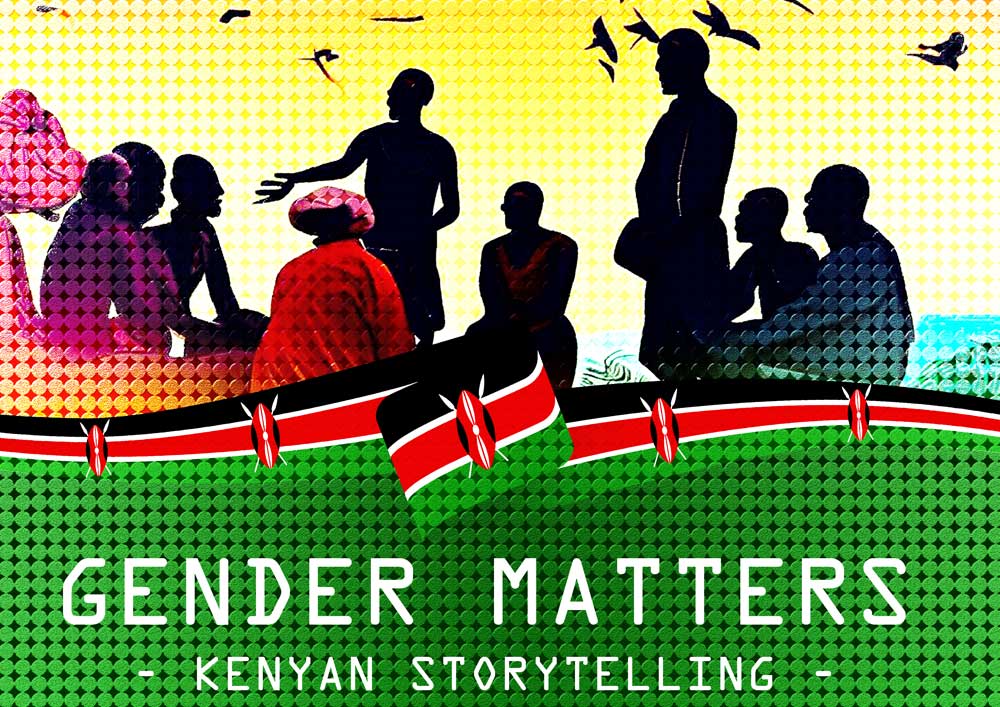
Curated by Jane Otieno, Kamau Wango, Francesca Odundo Okwiri, Roy Kisielo, and Mary Clare Kidenda.
Kenya boasts a rich and diverse cultural heritage, encompassing numerous ethnic groups, traditions, and histories. Heritage preservation efforts, through museums, cultural centres, and oral habits such as storytelling, help to safeguard this unique tapestry, reinforcing the importance of culture, education, and environmental stewardship as tools for social cohesion, identity formation, and sustainable development in Kenya. Arts education through storytelling is regarded not only as a means of nurturing creative talents but also as a tool for imparting essential life skills and values. This educational approach empowers individuals, especially the youth, to express themselves, develop critical thinking, and build bridges across diverse communities.
Storytelling has always been a powerful and intrinsic part of human culture, transcending geographical boundaries and playing a vital role in shaping societal norms and beliefs. Like in many other parts of the world, in Kenya, storytelling is deeply interwoven with the complex tapestry of gender matters. It has been a communal activity, with oral stories passed down through generations. Elders, often the custodians of cultural wisdom, have been responsible for transmitting these stories to the younger generation. These narratives aren't just tales of adventure or entertainment; they carry profound cultural, moral, and historical lessons.
Gender roles and expectations have been central themes in Kenyan storytelling. Many traditional Kenyan stories feature strong male and female characters, each with their roles and responsibilities. These narratives have helped reinforce societal norms, sometimes perpetuating gender stereotypes. However, they've also served as tools for challenging and redefining these norms.
Kenya's rich cultural diversity is reflected in its stories. Many indigenous communities have used storytelling to preserve their unique gender roles and traditions. In recent years, there has been a growing recognition of the power of storytelling to address gender-related issues in Kenya. I will mention several ways storytelling intersects with gender matters in the Kenyan context.
Traditional stories often portray gender roles and expectations. While some stories may reinforce existing stereotypes, others have subverted these norms by featuring strong, empowered female characters or questioning the status quo. These stories are crucial in initiating conversations about gender equality and women's empowerment. Storytelling is a potent tool for raising awareness about gender-based violence, discrimination, and other issues affecting women and marginalized groups. Through storytelling, individuals and organizations in Kenya have educated communities about the importance of gender equality and the harmful effects of gender-based violence. Storytelling provides a platform for individuals to share their experiences related to gender discrimination and violence.
Storytelling serves as a dynamic platform for Kenyan artists to explore and depict the complexities of their society. Artistic expressions often involve social justice, gender equality, and political discourse. These practices encourage dialogue, challenge societal norms, and contribute to the evolution of collective consciousness. This joint exhibition by the University of Nairobi, Kenyatta University and The Technical University of Kenya is a glimpse into the multifaceted tapestry of Kenya's cultural landscape through storytelling, highlighting the interconnectedness of their elements in fostering social cohesion, identity, and sustainable development.
Mary Clare Kidenda
